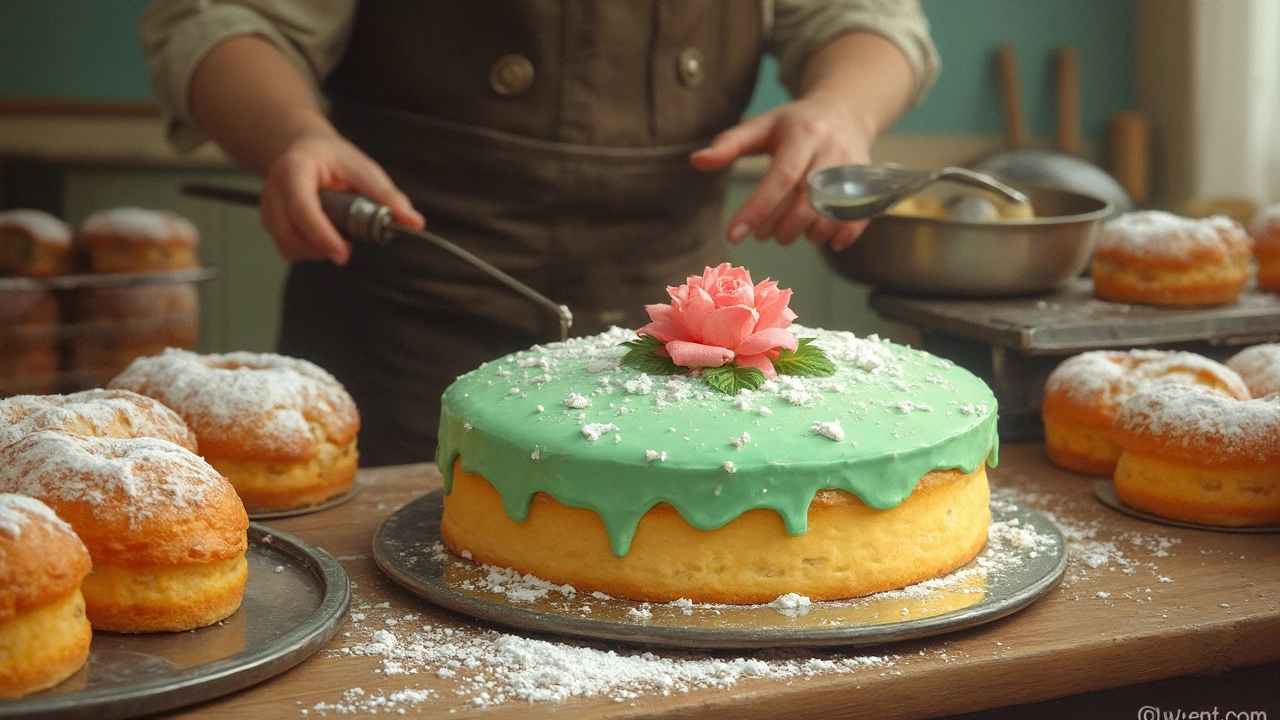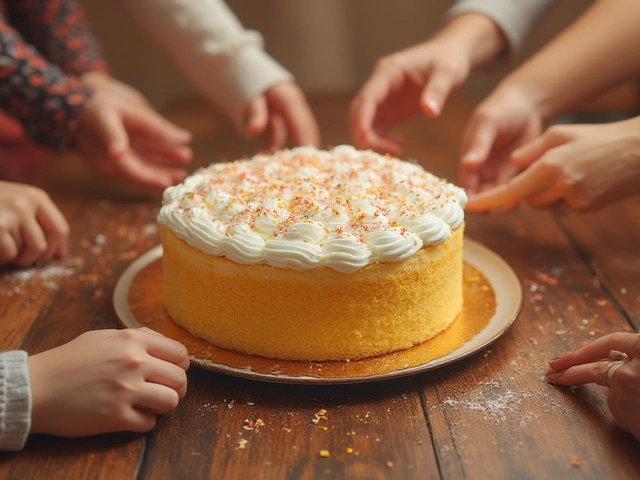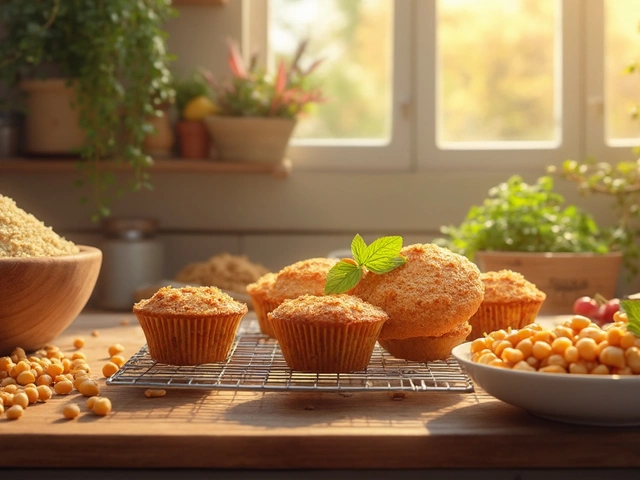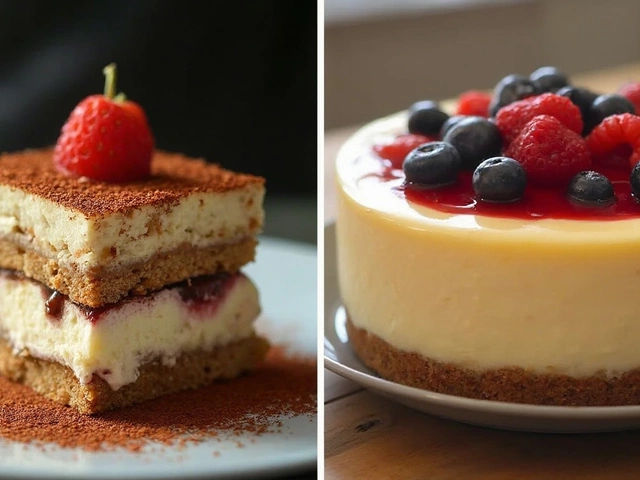Princess Cake Recipes & Tips for a Magical Birthday
If you want a cake that looks like it came straight out of a storybook, a princess cake is the go‑to choice. It’s basically a classic layer cake dressed up with pastel colors, smooth buttercream, and a crown of edible sparkle. The best part? You don’t need a professional pastry school to pull it off – just a few basic tools and a handful of tips.
Simple Princess Cake Recipe
Start with two 8‑inch round cakes. Use a vanilla or lemon sponge – whichever you love more. Mix 2 cups of flour, 1½ cups of sugar, 1 cup of softened butter, 4 eggs, 1 cup of milk, 2 tsp baking powder, and a splash of vanilla. Beat until smooth, pour into greased pans, and bake at 350°F for 25‑30 minutes. Let the layers cool completely before frosting.
For the frosting, blend 1 ½ cups of butter with 4 cups of powdered sugar, a tablespoon of milk, and a few drops of pink or lavender food coloring. Spread a thin crumb coat, chill for 15 minutes, then apply a second smooth layer. This gives you a flawless canvas for decoration.
Fun Decorating Ideas
Grab a piping bag fitted with a star tip and pipe rosettes around the edges. Add a few edible pearls or silver dragees for that royal sparkle. If you have a fondant crown shape, place it on top and dust with a little edible glitter. Fresh berries, thin strawberry slices, or fruit‑shaped sugar decor can add color without overwhelming the pastel theme.
Need inspiration? Check out our “Creative Birthday Cake Alternatives” post – it’s full of ideas if you want to swap a traditional cake for cupcakes, cake pops, or a dessert bar that still feels princess‑worthy.
Remember to store your princess cake in the fridge if it has fresh fruit or custard layers; otherwise, a cool room works fine for up to three days. When it’s time to serve, pull out a sharp knife, wipe it clean between slices, and watch the smiles light up – the magic is real.

Why Is It Called a Princess Cake?
Ever wonder why the pretty pastel cake adorned with marzipan is called a princess cake? This article delves into the origins and interesting facts about the charming dessert. Discover its Swedish roots, how it got its quaint name, and the traditional components that make it so unique. We'll also share practical tips for making your own at home. Whether you're a baking enthusiast or a curious foodie, this read is for you.
View More




